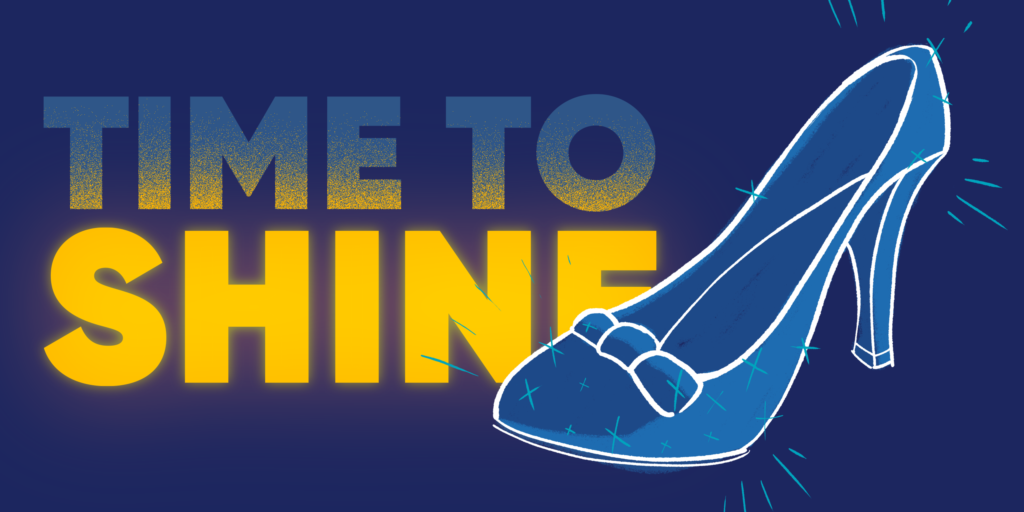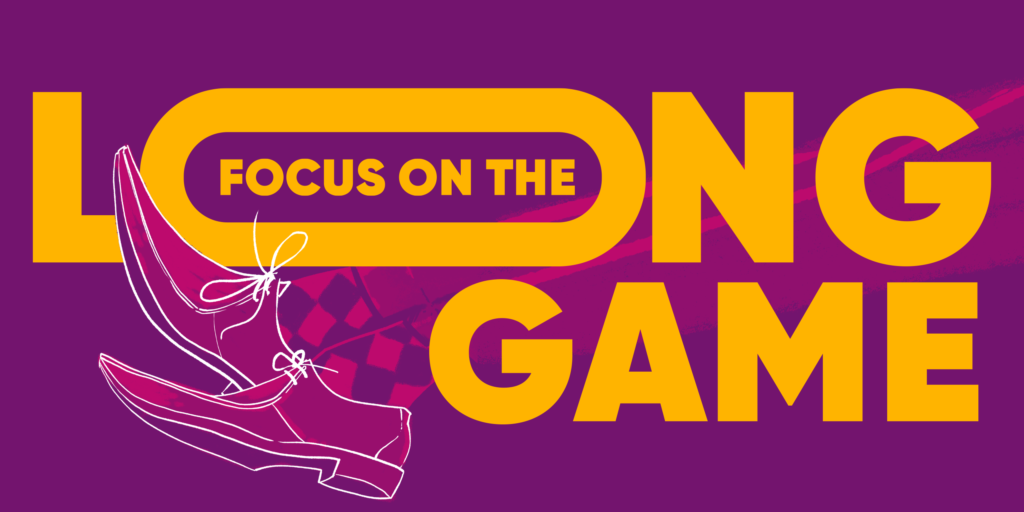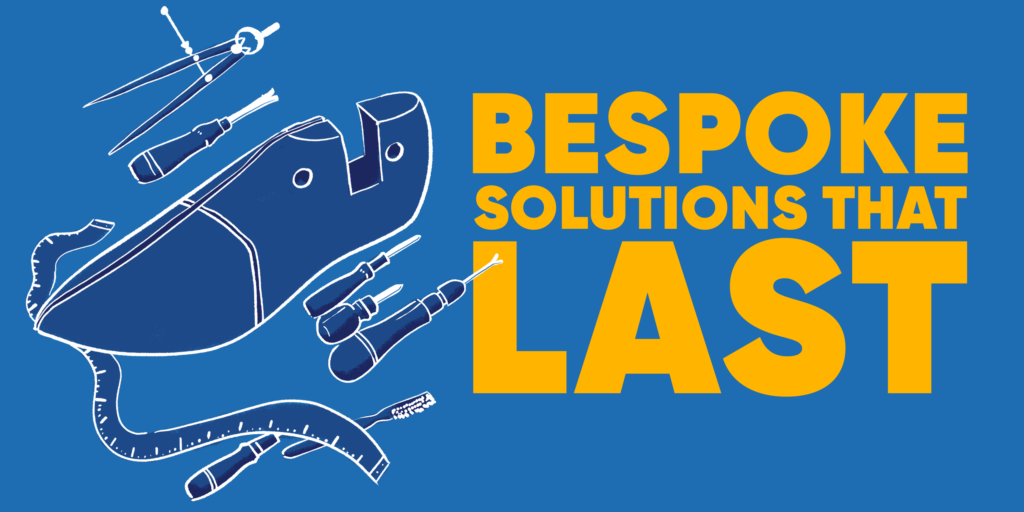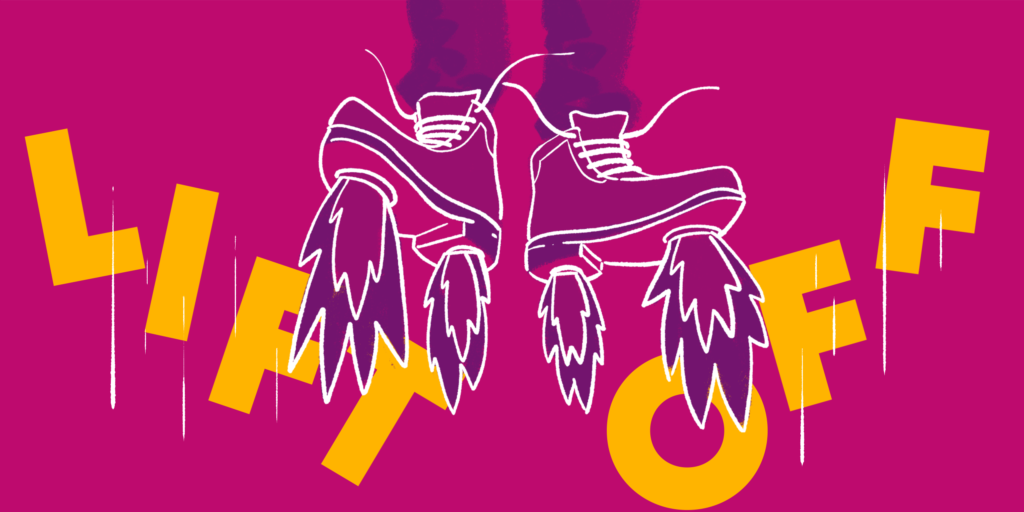Virtual event
Tuesday 27th August 4pm BST, 11am EDT, 10am CDT
In today’s fast-evolving business landscape, leaders need to steer their organisation towards a resilient and sustainable future. This webinar will explore how to use storytelling to create the conditions and capability for leaders to develop high-functioning and resilient cultures, moving beyond strategic planning to enable action and support people to accelerate strategic initiatives.
We will be joined by Jennifer Onofray, former Divisional Director – Americas, Spirax Sarco Engineering, currently CEO and Founder championing female and non-binary entrepreneurs through Nestwork network. Jennifer will be joined by Marie-Shireen Hadid, Lead Consultant and Hannah Moyo, Head of Consulting at The Storytellers, part of Accenture to share their expertise and practical insights gained whilst partnering on leadership development programmes:
Storytelling and leadership narrative:
- Discover how storytelling is a powerful tool to activate and align your organisation behind a unified strategy. Learn techniques to craft compelling narratives that resonate with your team and stakeholders, driving engagement and commitment
Responsible leadership culture:
- Meeting the challenges of today and anticipating those of tomorrow requires a new brand of leadership—with compassion, equity, sustainability. Equipping next-gen leaders is an investment in our future
Building resilience, motivation, and productivity amidst uncertainty:
- Discover how to support your team through transitions and ensure sustained performance
Why Attend?:
- Gain actionable insights from industry experts
- Learn best practices for creating a robust and responsible leadership culture
- Network with like-minded professionals committed to driving strategic success
- Enhance your leadership toolkit with innovative approaches to storytelling, inclusion, sustainability, and resilience
Don’t miss this opportunity to transform your leadership approach and future-proof your organization. Register using the form on the page and secure your spot today!








